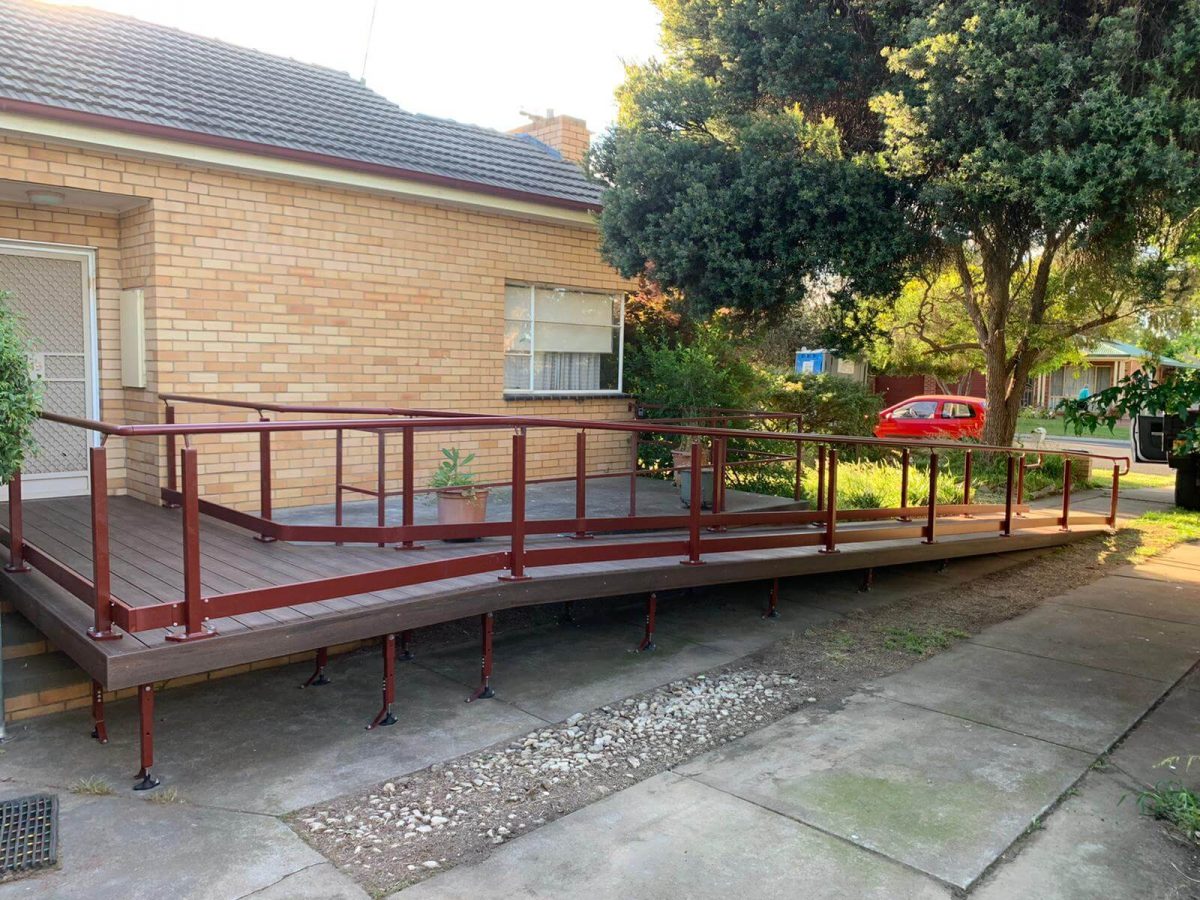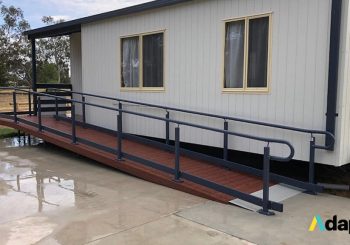Handrails are regarded as essential features of accessibility ramps due to the various benefits they offer to users. Generally, they provide people with something to hold on to, which helps improve their balance and prevent them from slipping or falling as they cross the ramp.
Aside from added safety, rails on wheelchair ramps are also essential for the owners of buildings and establishments. After all, in Australia, the ramps found on facilities and other places that are open to the public are required by law to have certain safety features such as handrails.
Added Safety
As mentioned earlier, handrails offer additional safety to users. They act as support features that can prevent people from falling off the side of the ramp. In addition, they help people with mobility issues maintain their balance and stability as they use the ramp.
Also, outdoor ramps are exposed to the elements such as snow and rain. Oftentimes, they can end up with slippery surfaces due to the accumulation of water and ice during the rainy and winter seasons.
This can pose a hazard, especially for people who use mobility aids such as wheelchairs and walking canes, as it increases their risk of encountering accidents and serious injuries. With handrails, they’ll be able to safely cross ramps without fear of slipping or falling.
Complies With The Law
In Australia, the Disability Discrimination Act 1992 (DDA) was passed and enacted to ensure that people are not discriminated against due to their disability. One of the areas covered by this law is a person’s right to access places that are open to the public, such as government offices, education institutions, shops, parks, and banks.
In line with this matter, the law requires owners of public buildings and establishments to ensure that these places can be easily and safely accessed by everyone. This includes adding properly constructed ramps in areas where there are steps, stairs, or kerbs.
However, building any type of ramp may not be enough to comply with the DDA. Aside from this law, building owners should also follow Australia’s building codes, known as the Australian Standards (AS), to ensure that their ramps and other safety features are within the legal regulations.
Following the Australian Standards
Under the Australian Standards, the provision AS1428 states that wheelchair and accessibility ramps should be equipped with handrails. These safety features are also required to follow certain design regulations to ensure that they are DDA and AS compliant.
According to the Australian Standards, handrails should be designed with a circular shape and an elliptical cross-section that measures 30 millimetres high and 50 millimetres wide. In addition, the height of the handrail’s bar should not exceed 1,000 millimetres from the ramp’s surface. These design elements help ensure that users can easily reach and hold on to the handrails if needed.
Accessibility ramps are also required to have handrails on both sides. This allows people who are unable to use both hands to have access to a railing on either side of a ramp. To accommodate the width of wheelchairs and other mobility aids, such as motorised scooters, the handrails on both sides of the ramp should be about 1,000 millimetres from each other.



